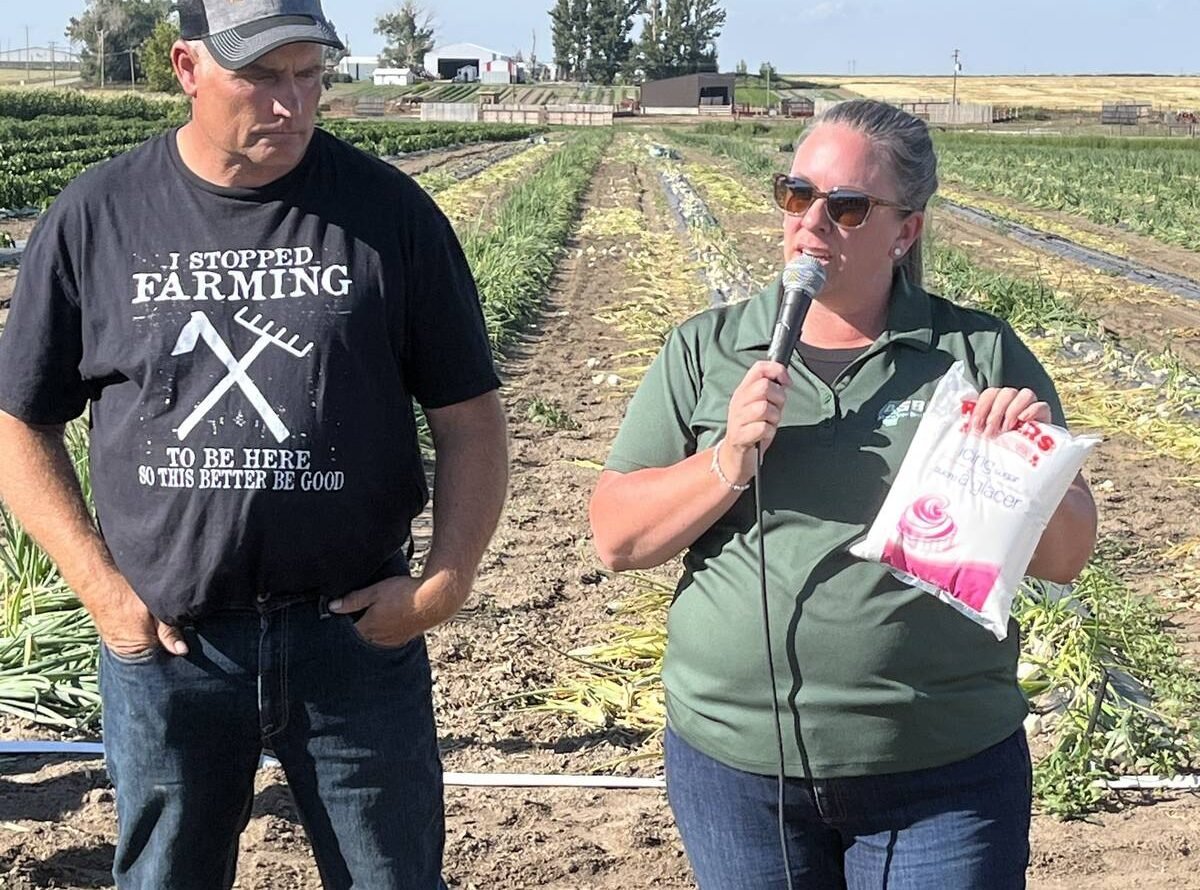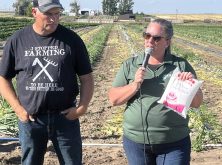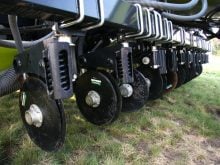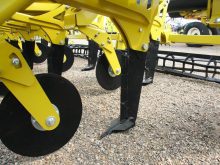John Mayko of the Canola Council of Canada offers these suggestions for maximizing yields this season:
Check the seeding unit carefully
Level it side to side and back to front, ensuring even seed distribution and constant, shallow planting of the tiny seeds. Tires should be properly inflated. Wing tires may have different pressure ratings than the main frame, and a common inflation rate may cause uneven seeding depth.
Openers should be worn evenly. Paired row openers often begin to wear at the leading edge in abrasive soil and can create situations where high rates of fertilizer are inadvertently placed with seed, causing seedling damage.
Read Also

Alberta’s beets a sweet domestic segment in Canada’s sugar supply
The sugar beet industry is showcased during a Farm to Table tour, as Taber features the last remaining sugar beet processing plant in all of Canada.
Check seed distributors for wear or plugging. Damage to seed or polymer coated urea fertilizer can result in seedling losses and poor stands.
Set the packers properly for the moisture conditions.
Soil test where possible
Nitrogen and sulfur should be checked every year and phosphorus and potassium every two years.
Testing should be done to 24 inches because of the deep rooting nature of the modern hybrids.
Seeding in late May or early June should lower nitrogen rates to avoid late plant maturity.
Avoid overfertilizing in the seed row, especially if the soil is dry, because this will lead to ammonium toxicity in the seedlings.
If seeding into cold soil, some phosphorus should be added to the seed row along with nitrogen to ensure a good “pop-up effect.”
Burn off weeds ahead of seeding
Early season weeds do a lot of damage to yields. Use only glyphosate or with an approved tank mix such as carfentrazone.
Make sure herbicide history and rotation for the field is appropriate for canola.
Treats for cold canola
Producers need to increase their seed treatment this spring if they had flea beetles crawling on the swather last fall. The same applies if fields were heavily infested in the spring of 2009 or when seeding into cold soil.
Variety selection can help control harvest losses
Seeding early maturing canola ahead of a moderate or late season crop can spread swathing or straight cutting over a few weeks to ensure it doesn’t all need to be harvested at once.
However, if machinery and labour are available, later maturing canola can be seeded first to allow all the crop to be swathed at the same time.
Control residue across the field to ensure even emergence
Recent research has shown that yields are higher in even canola crops.
Plant into a soil that has an average temperature of at least 4 C established from readings taken at 8 a.m. and 4 p.m.
The crop will emerge rapidly, resulting in faster development and fewer stresses.
Seeding rates are critical to stand establishment
Getting the right number of plants in the field has been shown to have a major influence on yields. Target seven to 10 plants per sq. foot.
Because only half of canola seedlings tend to survive to maturity, this requires 14 to 20 seeds per sq. foot, depending on seed weight per 1,000 seeds.
Heavier seeds tend to produce more robust seedlings and have higher survivability.
Mayko said planting fewer seeds to save money should be done only when all other production factors have been maximized and only then when it becomes a financial concern for the grower.
Don’t watch the neighbours planting their canola
Mayko said what one producer does, even on nearby fields, may not be right for the adjacent field.
Field histories are seldom the same and small issues can influence planting decisions, such as seed differences or residue that keeps soil temperature down.
Consider waiting for rain when conditions are dry
Canola is a high value crop with significant nutritional and moisture needs. It is capable of rapid growth under warm and moist soil conditions.
Speed kills canola
Uneven stands can be caused by fast seeding speeds that scatter seeds throughout the soil’s profile, even over one or two inches.
According to recent Agriculture Canada research, this can reduce yields by 25 to 50 percent.
Don’t put all of the canola in one hopper
Plant a test trip in the first year and learn from the results when trying new products such as micronutrients or when raising or lowering rates of spring applied fertilizer.
Don’t forget last year’s crop if it’s in the bin
It can heat or suffer other damage in storage, even if it was put away in good condition.
“Check the stored grain,” Mayko said. “There is nothing worse than losing a crop you already had.”














